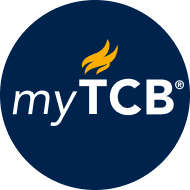
This essay describes how trust in diversity, equity & inclusion (DEI) is built through legally grounded, clearly communicated, fair, and transparent systems tied to business objectives. Use of the term DEI here embraces workplace decisions and initiatives that provide equal opportunity to all based on individual merit and where an individual’s protected status is not a factor.
When DEI terms are left undefined or used inconsistently, misunderstandings and

myTCB® Members get exclusive access to webcasts, publications, data and analysis, plus discounts to events.
